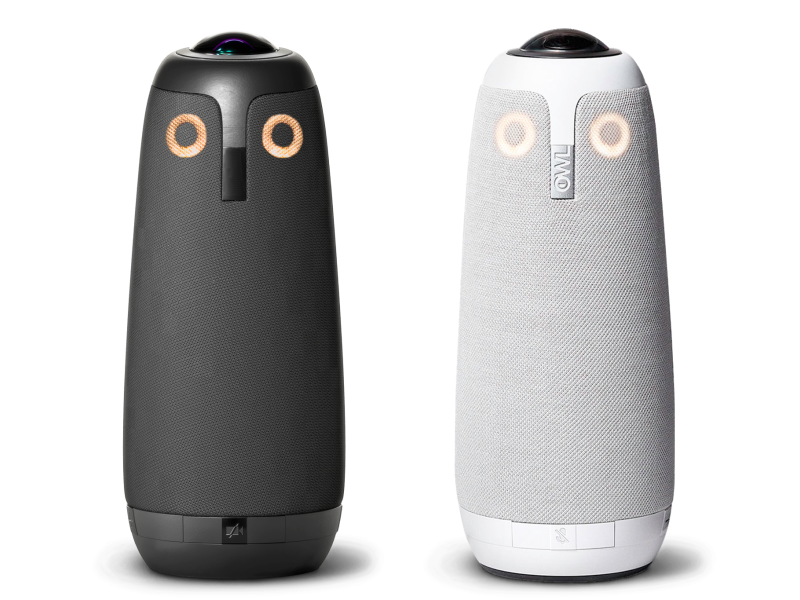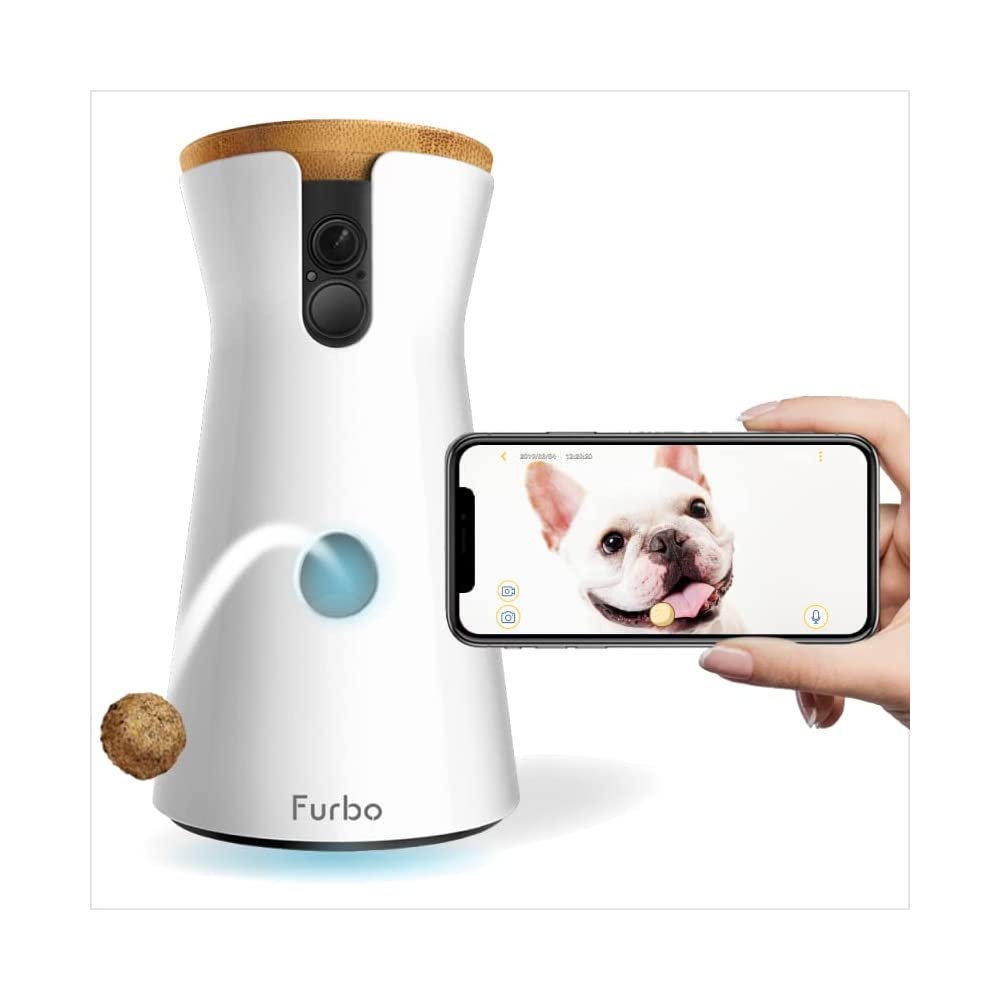Many people believe cleaning their ears with cotton swabs is part of good hygiene. But the truth is, your ears rarely need this kind of cleaning. What may feel like a quick and satisfying habit can actually cause long-term damage. Cotton buds, or Q-tips, are among the most common causes of ear problems, yet many continue to use them without realizing the risks. It’s time to learn why this habit is unsafe and how to care for your ears the right way.
Why You Should Not Use Cotton Swabs
Using cotton swabs might seem harmless, but instead of removing earwax, they often push it deeper into the ear canal. This can lead to blockages, infections, and even eardrum injuries. The skin inside your ear is very delicate, and inserting swabs can cause irritation, small tears, or bleeding.
In severe cases, pushing the wax too far can lead to a ruptured eardrum, which may cause pain, dizziness, or hearing loss.
Cotton buds are not sterile either, which means they can introduce bacteria into the ear, increasing the risk of infection and swelling. The packaging itself often warns users not to insert them into the ear canal – a reminder that many people still ignore.
Common Problems Caused By Cotton Swabs
- Wax blockage inside the ear canal
- Ear infections and pain
- Inflammation or irritation of the skin inside the ear
- Possible eardrum damage or hearing loss
- Introduction of bacteria leasing to discharge or swelling
Studies have shown that a majority of ear-related injuries come from using cotton swabs, proving that this simple mistake can have serious effects on ear health.
How Your Ears Clean Themselves
Your ears are naturally self-cleaning. Earwax (also called cerumen) is not dirt — it’s actually your body’s way of protecting the ear canal. It traps dust, bacteria, and other small particles, preventing them from reaching deeper parts of the ear.
Over time, earwax moves naturally toward the outer ear and falls out on its own. Cleaning the inside of your ears is not necessary and may even disrupt this natural process.
The Safe Way To Keep Your Ears Clean
If you feel your ears are clogged or notice reduced hearing, don’t reach for a cotton swab. Instead, follow these safe methods:
- Gently wipe the outer ear with a soft, damp cloth.
- Avoid inserting anything into your ear canal.
- Use ear drops recommended by a healthcare provider to soften hard wax.
- If the problem persists, visit a professional who can safely remove earwax using proper medical tools.
Trying to clean your ears yourself can make things worse. It’s always safer to seek expert care when dealing with ear-related discomfort.
Earwax isn’t the enemy — it’s a natural part of your ear’s defense system. Using cotton swabs might give short-term satisfaction, but it can lead to long-term harm. Let your ears do what they’re meant to do: clean themselves. If you ever feel your ears are blocked or painful, get them checked instead of taking risks. Healthy ears need gentle care, not harsh cleaning.


















